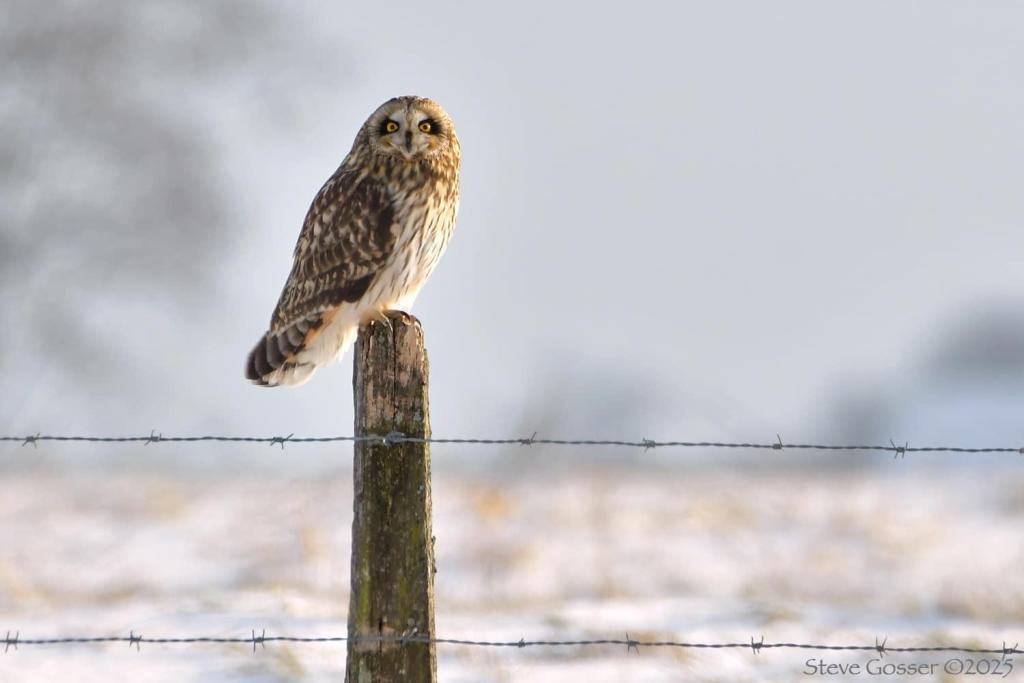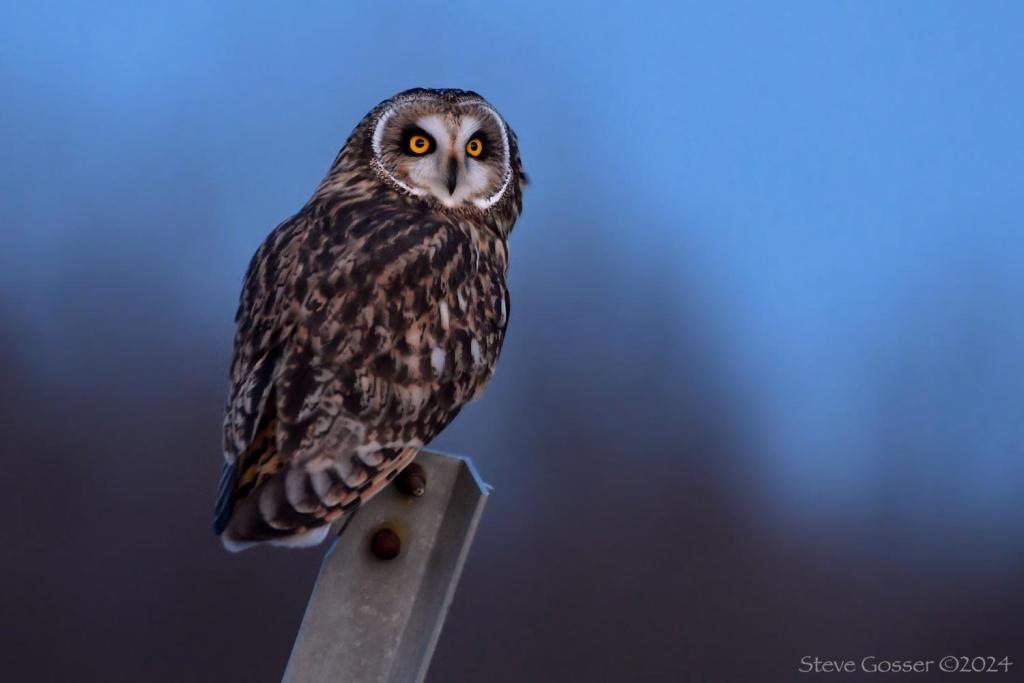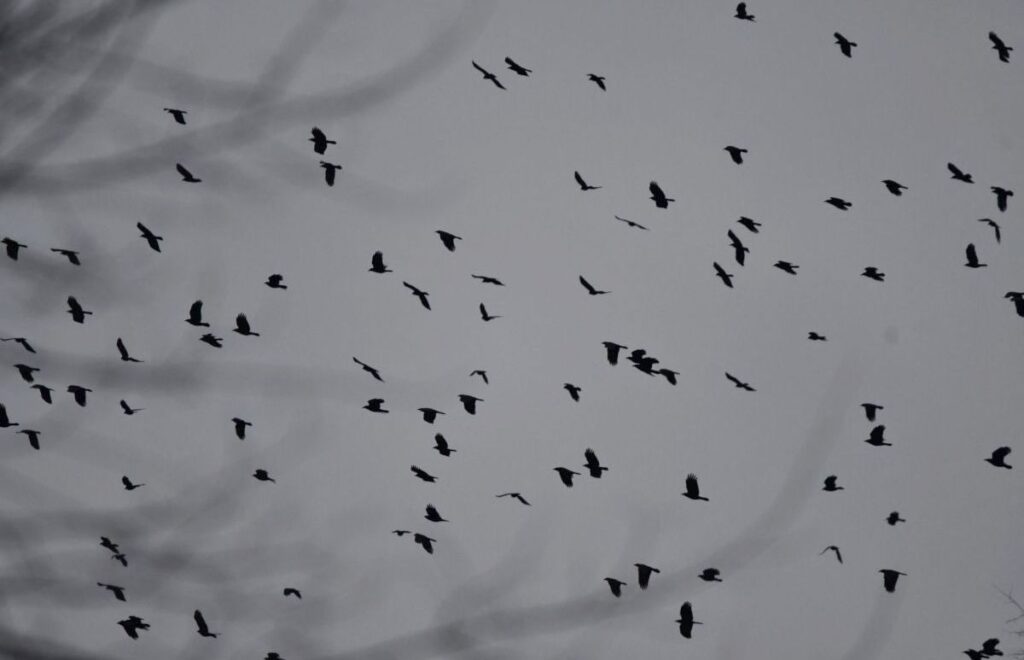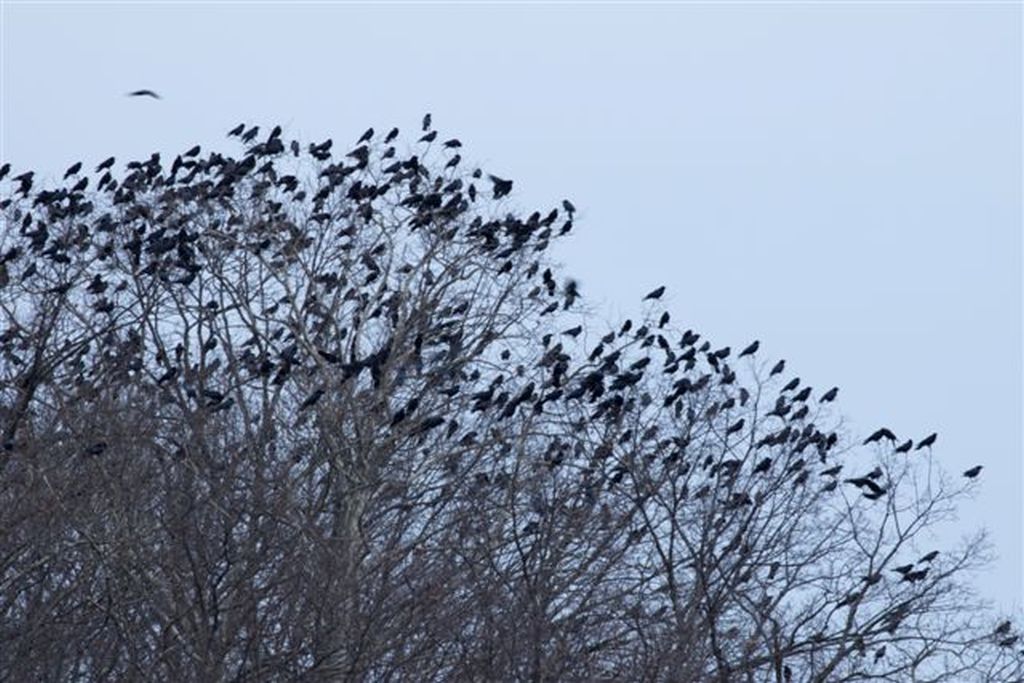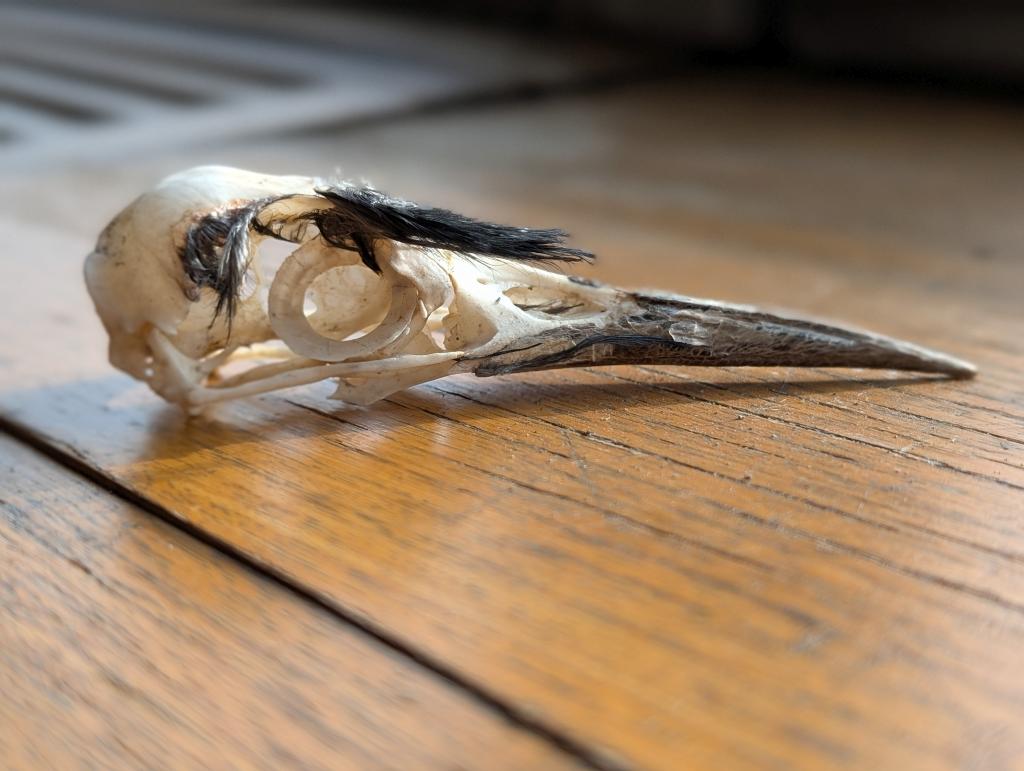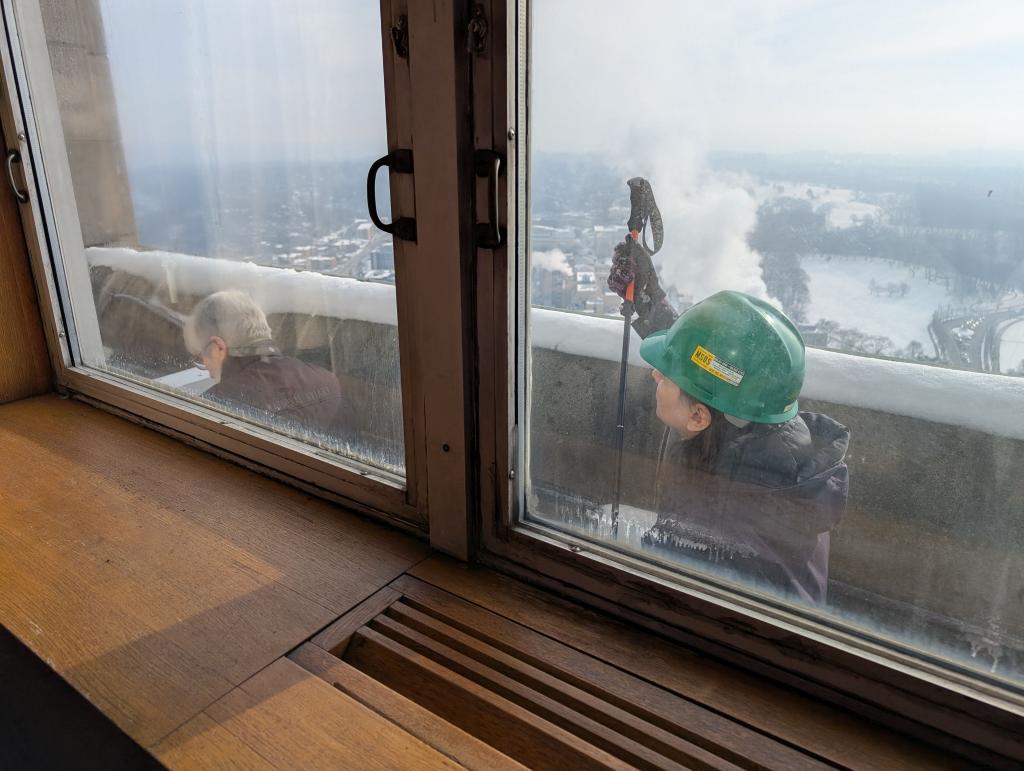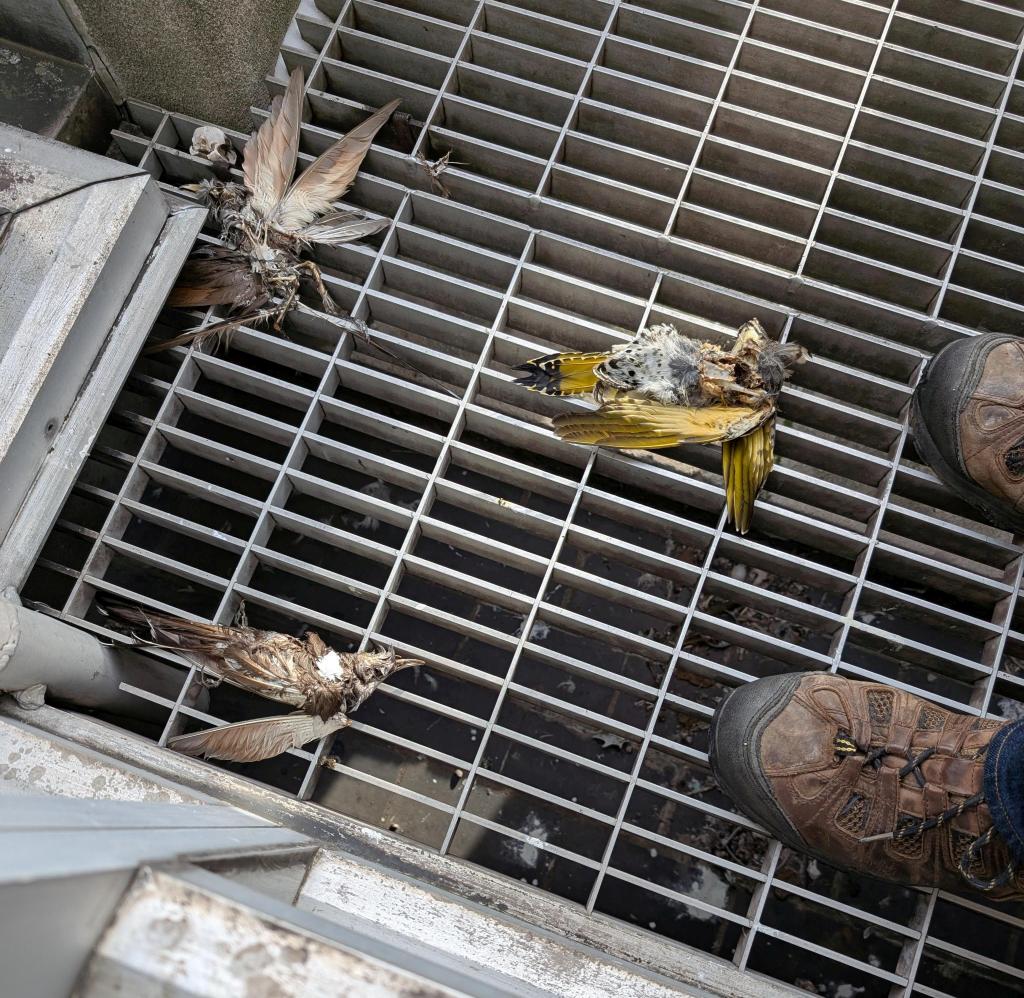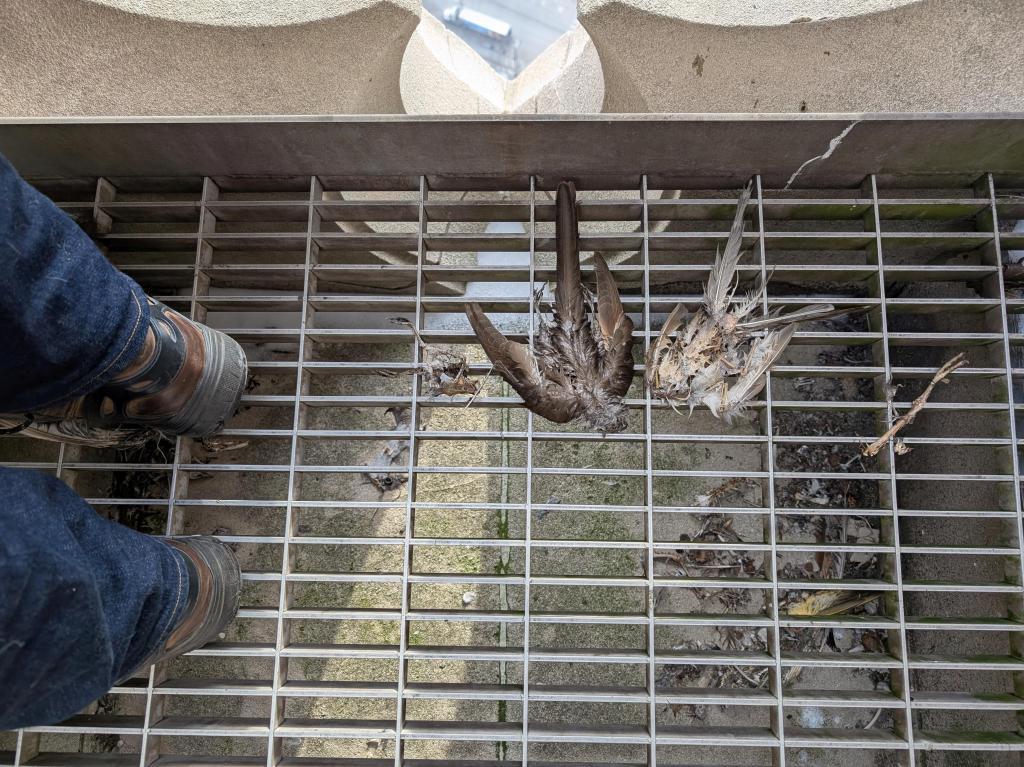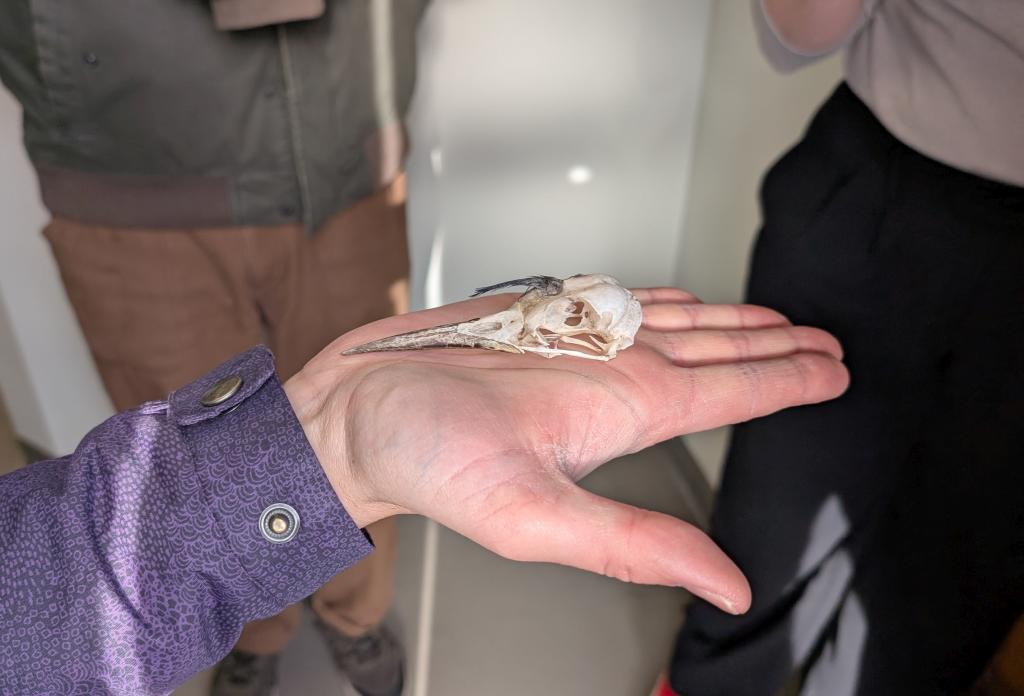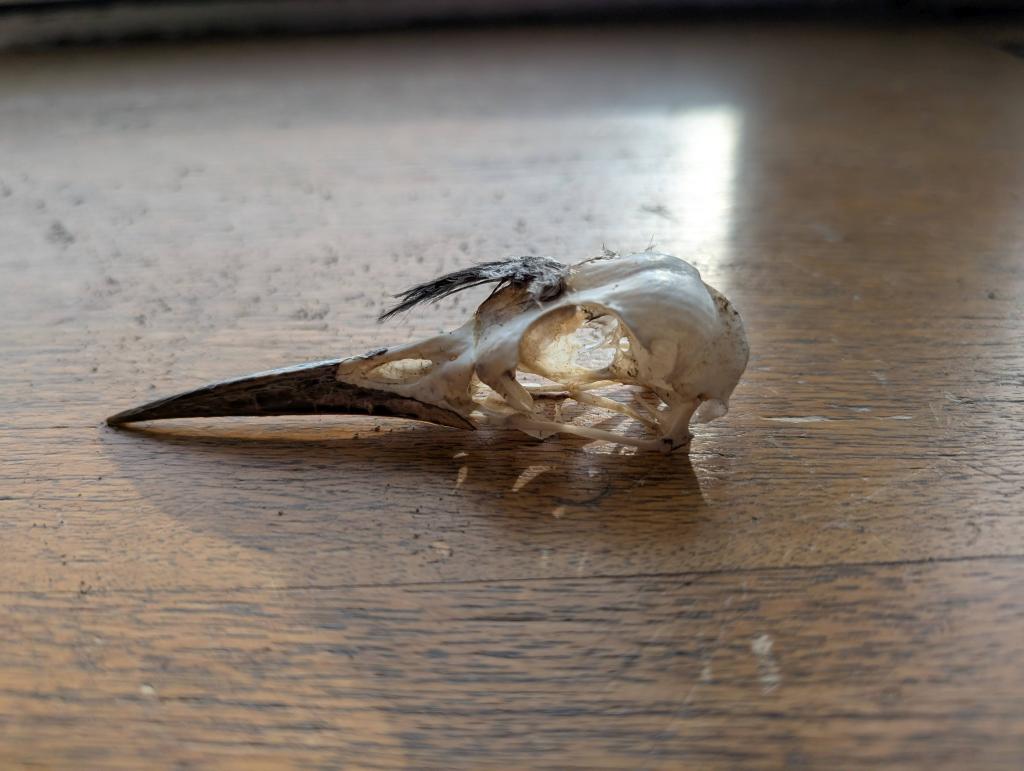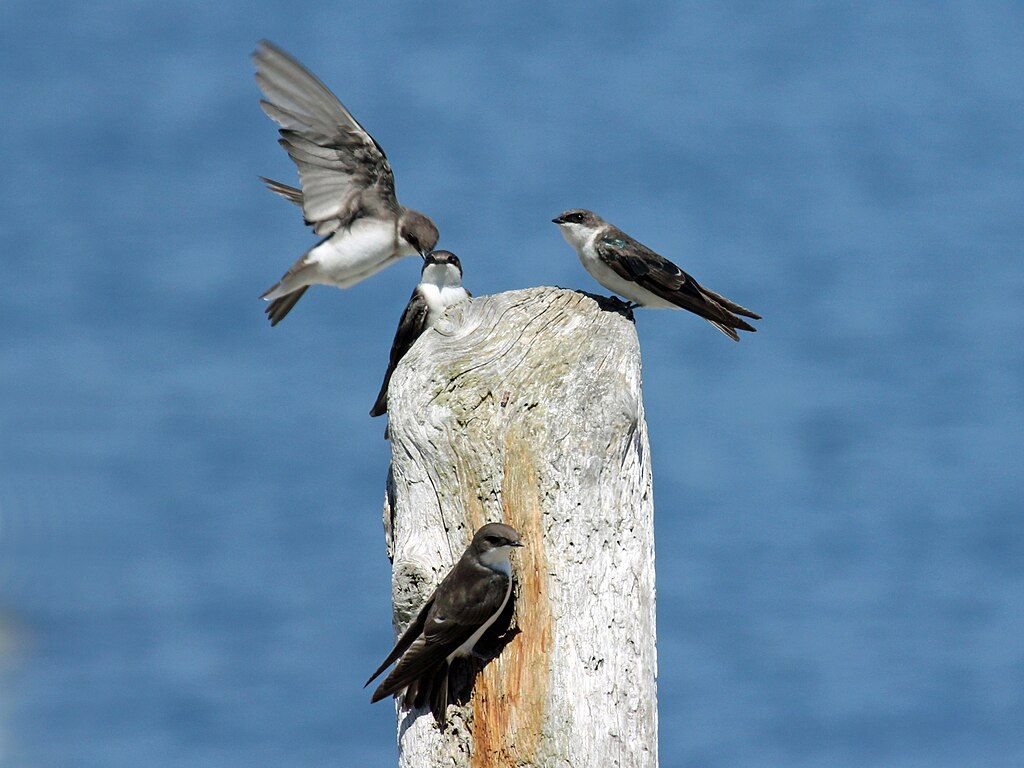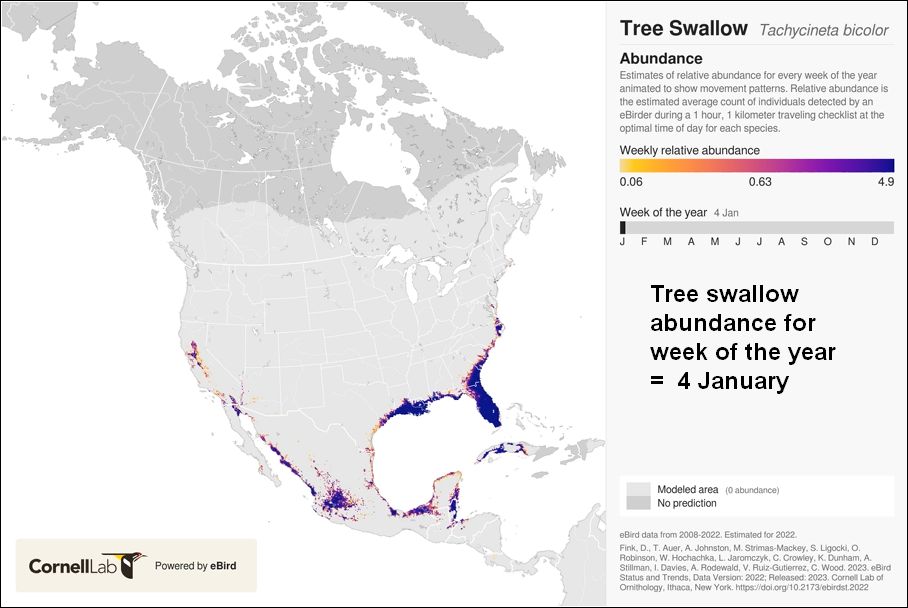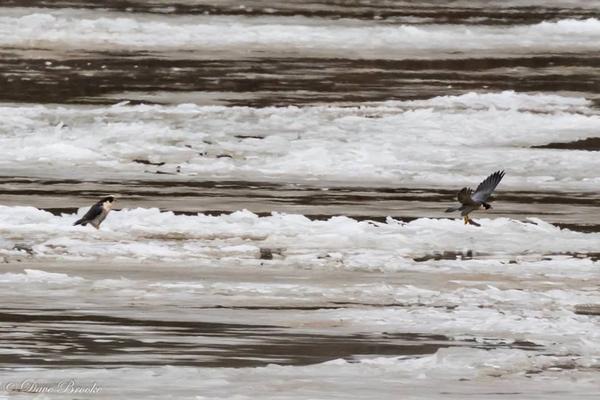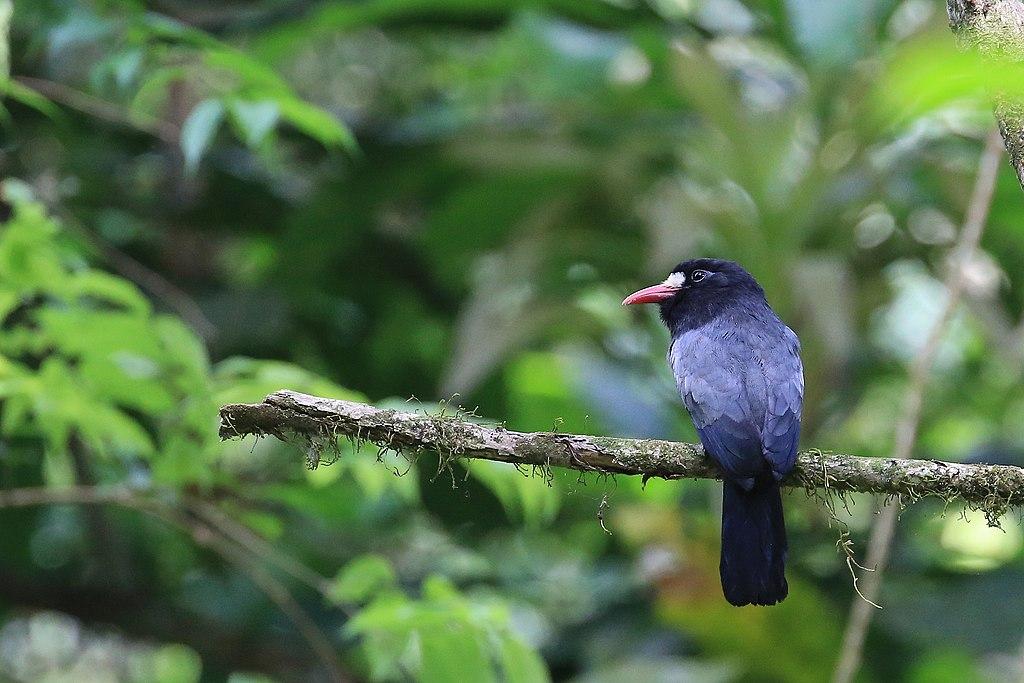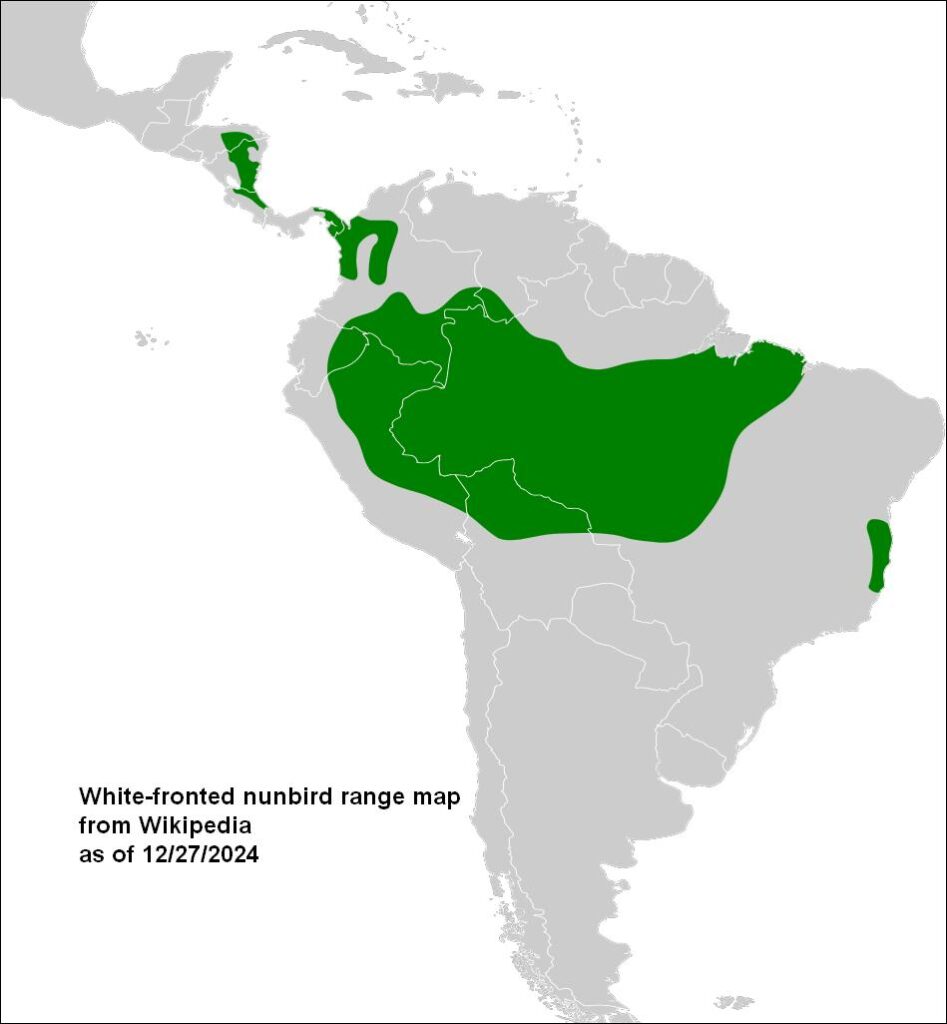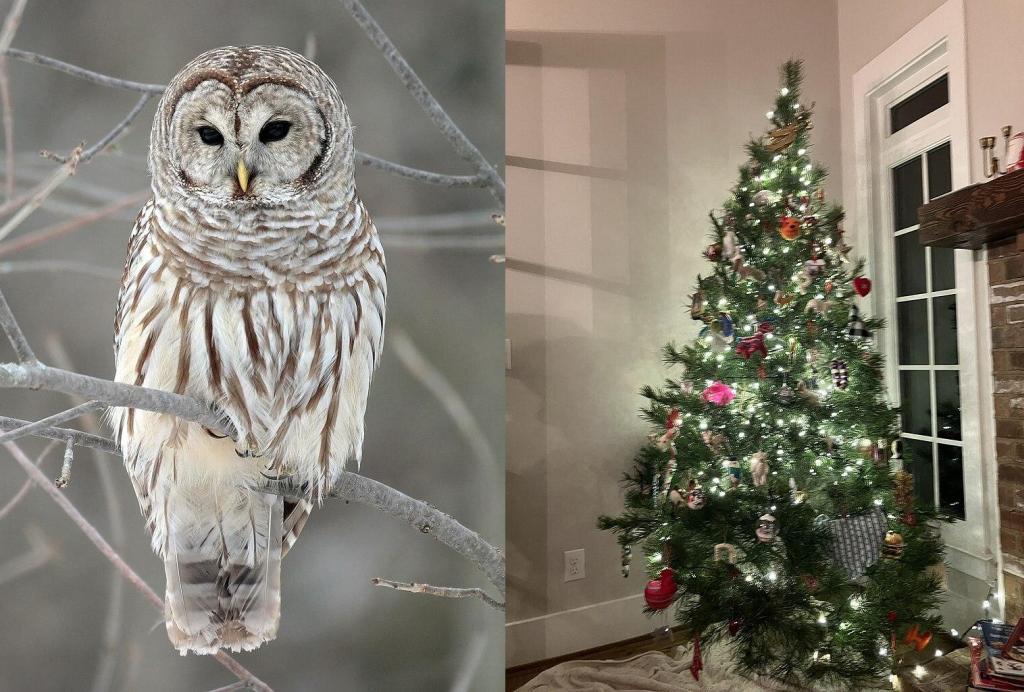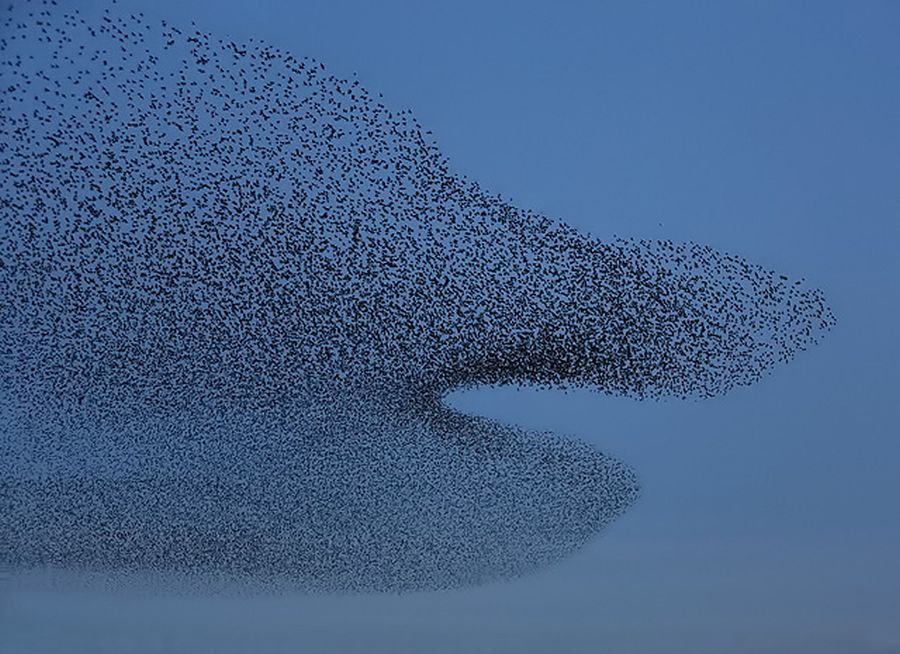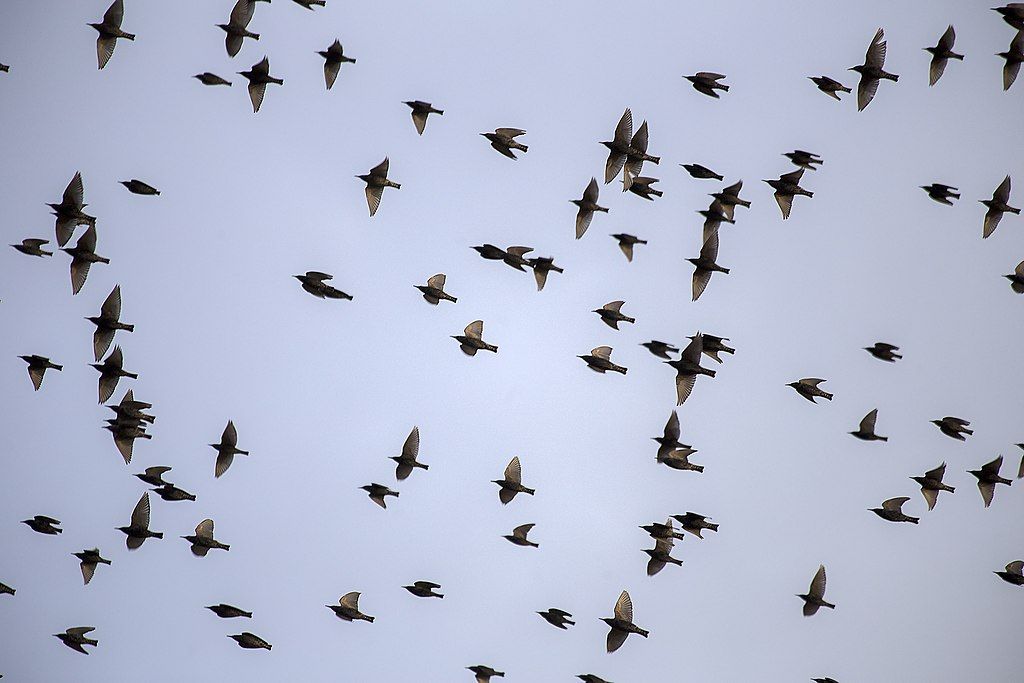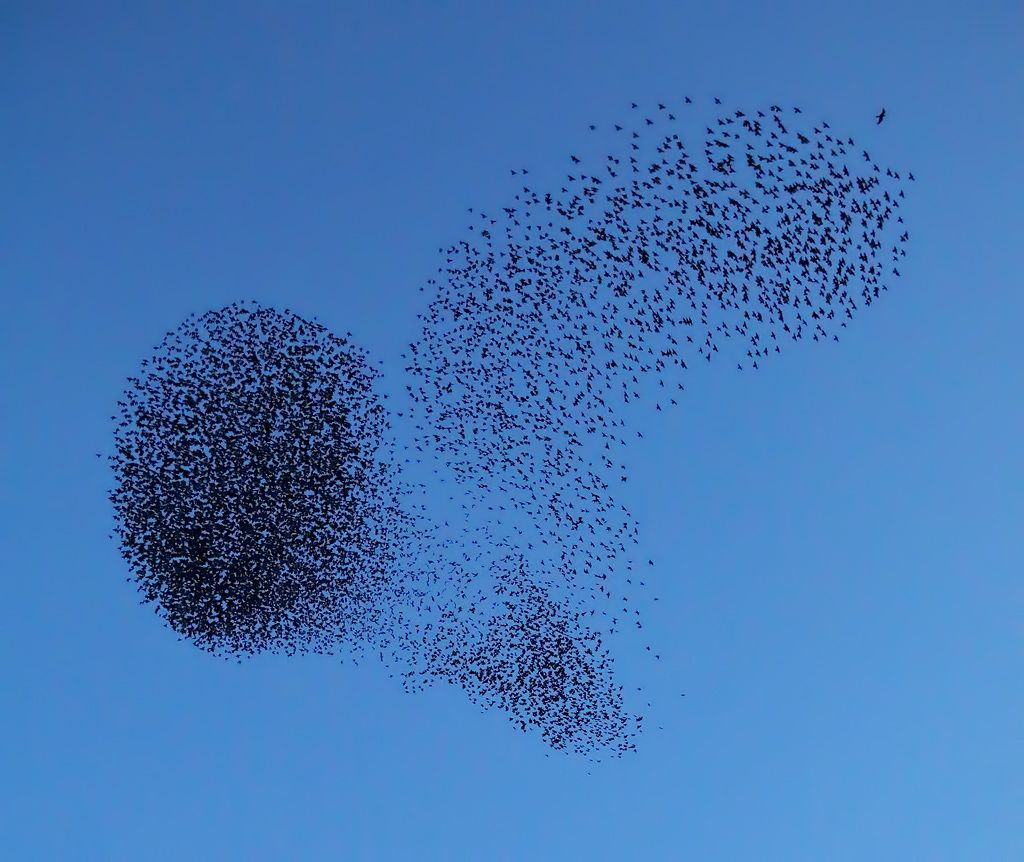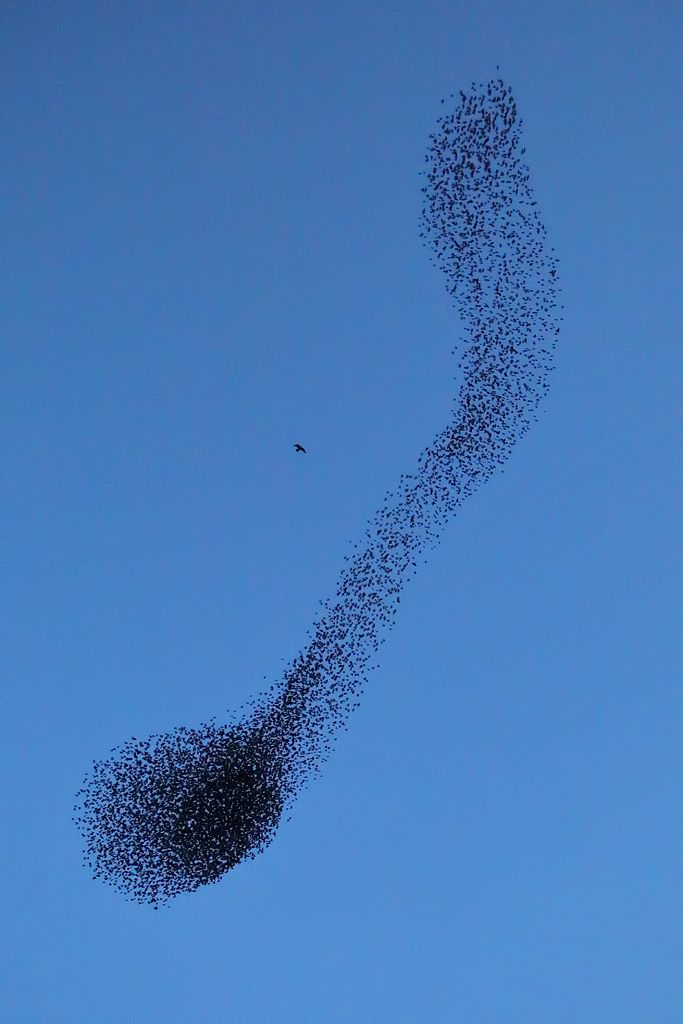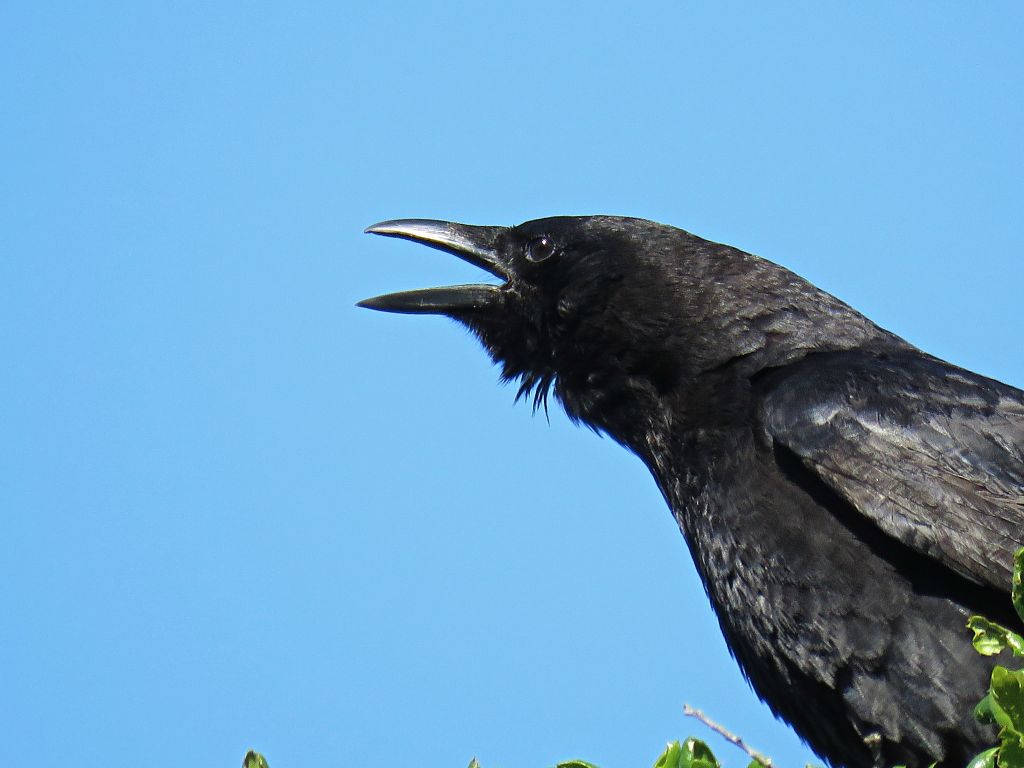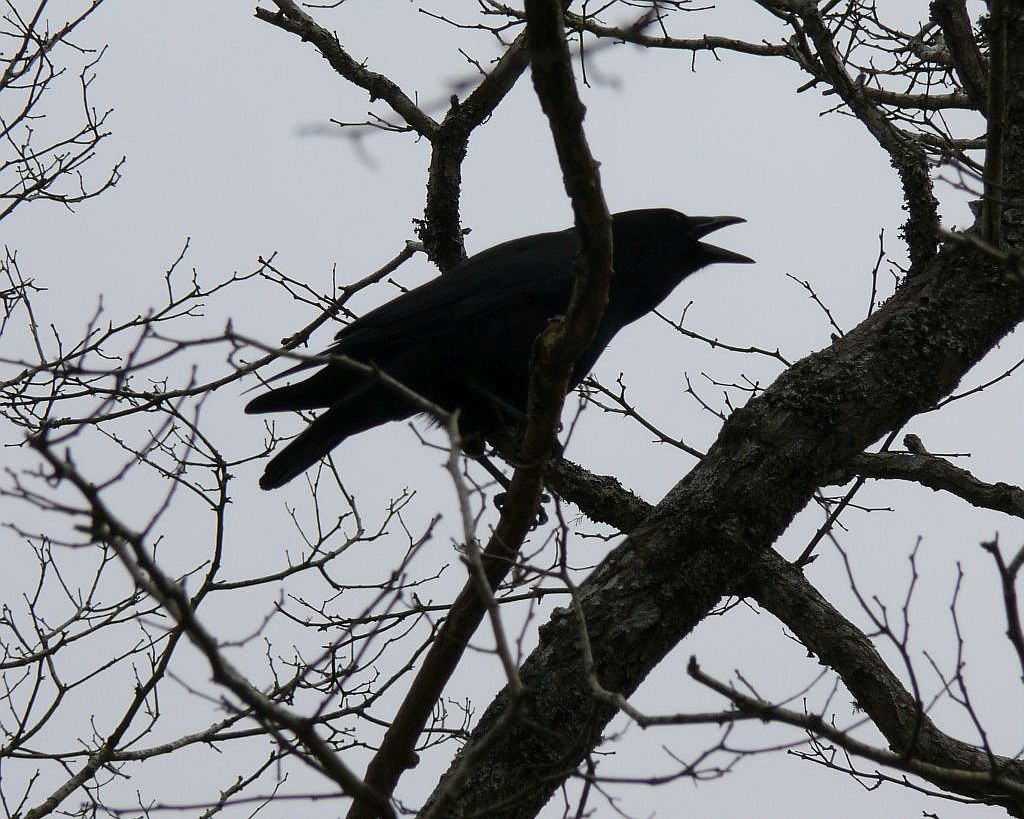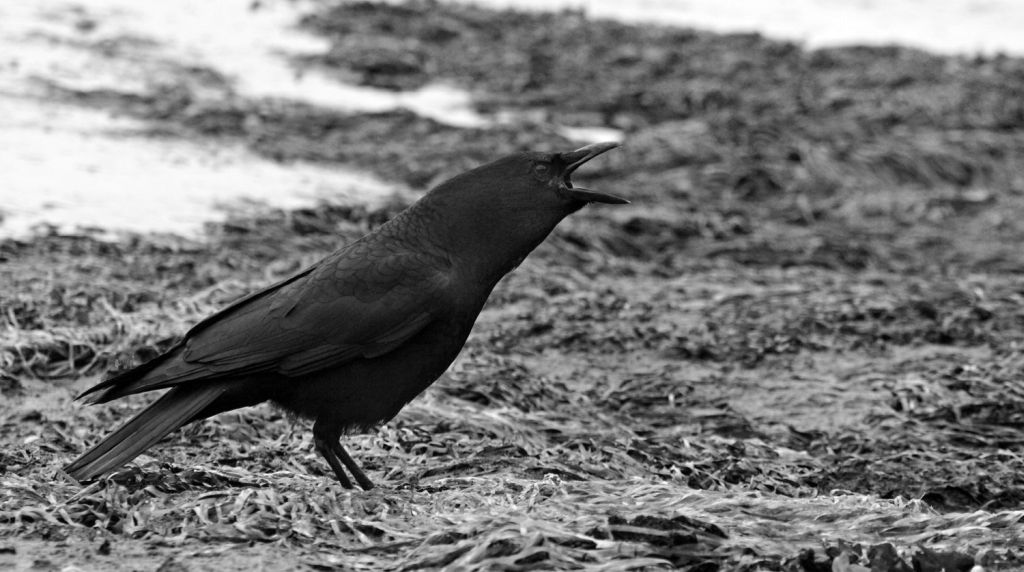
19 January 2025
The Eurasian green woodpecker (Picus viridis) is a bit unusual. Instead of drilling trees he spends most of his time on the ground, poking his beak in the soil.

That’s because he …
Predominantly [eats] ants, chiefly meadow-dwelling species of genera Formica (winter) and Lasius (spring to autumn); generally, larger ant species preferred. …
Uses bill to sweep away moss, dead leaves, other debris, or snow; pecks funnel-shaped holes up to 12 cm (4.7 in) deep in ground, and procures prey with action of the very long tongue; such holes may be exploited in lengthy and repeated visits. When snow cover heavy, can dig tunnels almost 1m (more than 3 feet) long to reach prey.
— Green Woodpecker account at Birds of the World
About That Tongue: When Shaun Robson in Dorset, England worried that green woodpeckers were disappearing from his area, Jason Miller (@jasonmillerart) answered with a video that proved they’re still around. Can you hear the green woodpecker murmuring?
Hi Shaun, this one picked up near Canford Heath on a security camera pic.twitter.com/PzgqEWFXNw
— jason miller (@jasonmillerart) January 3, 2024
embedded video from Jason Miller Jason Miller @jasonmillerart on X (Twitter)
He can also be quite loud.
These traits may remind you of a North American woodpecker. Though not closely related, our northern flicker (Colaptes auratus) also forages on the ground for ants and shouts in the spring.

… and he murmurs “wika wika wika” with his lady. (Note: In the audio below you’ll also hear the chattering of an upset wren.)
